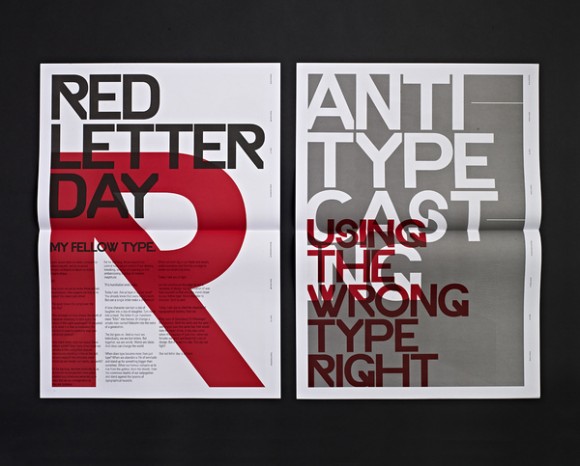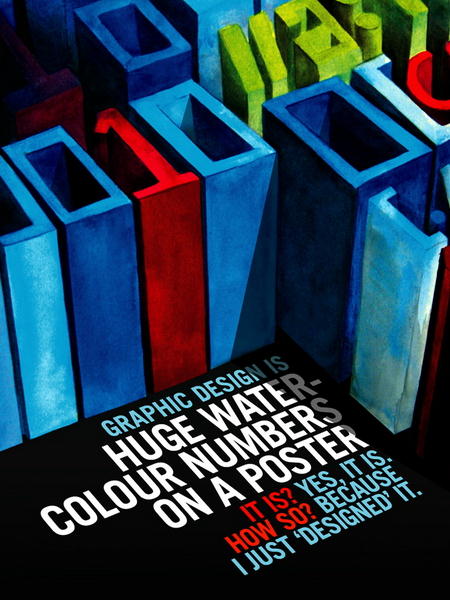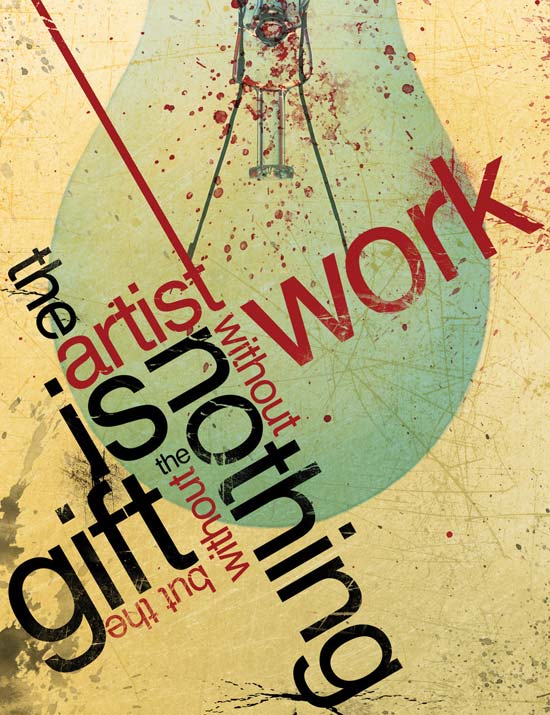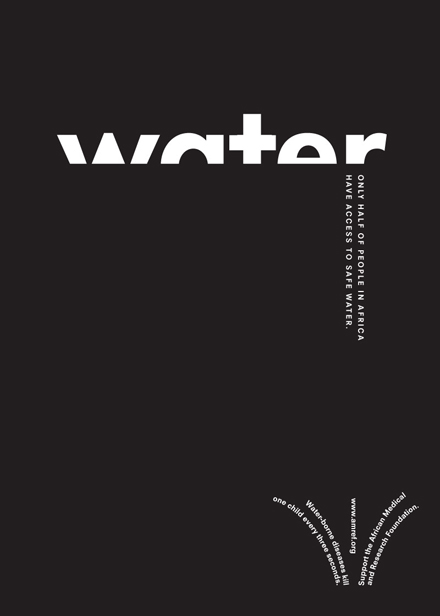Bookmaking.
Posted: November 13, 2014 Filed under: Subject | Tags: art, artistbooks, bookmaking, graphicdesign, illustration Leave a commentWe had a session with Sarah on bookmaking. She talked to us about the different formats a book can take and also what books could contain.
She then gave us a tutorial on the quickest and simplest way of creating a book using a single sheet of A4 paper. She showed us an 8-fold version and a 16-fold version.
From those tutorials we had a chance of creating our own artist book. The criteria was to either create an alphabet book or a book based on a nursery rhyme. I chose to base mine on the nursery rhyme Hickory Dickory Dock.
I decided to use my ready-made 8-fold book as a template. I wanted to try the cut-out method for creating my artist book. I firstly cut my book into the shape of a simple vintage ticking clock. I then drew a focal point for each page which I decided would be the clock face. I finally cut into each clock face using a scalpel to create an intricate and delicate design to narrate the story.
I’m extremely proud of my design, I’ve got to be honest. I didn’t get a chance to finish it by the time our session ended but I think it looks really impressive so far and I’m definitely going to try to complete it in my own time.
The next part of the session was to create a book from scratch. We learned the sewing techniques to bind the pages together (using the 3 hole technique and the 5 hole technique), how to create the cover of the book, how to create the spine and finally how to combine it all together.
Artist Books.
Posted: November 13, 2014 Filed under: Subject | Tags: artistbooks, graphicdesign Leave a commentAfter our lesson with Olwen we headed up the the library to meet up with Doreen. She showed us a variety of artist books, all of which were individually unique and interesting.
Below was my favourite artist book from the collection shown. I think it’s extremely clever how they’ve used various different methods to construct the book. It’s very simple, using envelops and newspaper cuttings to create pop ups and concertina pages along with a cute hidden personal letter in the back pocket for the reader. I just found it overall cute and sweet.
I found this session to be extremely interesting. I love how creativity can really be pushed here with artist books and how fun and interactive they can be. The artist is able to explore a diverse amount of things without much restriction when creating their own book, there really aren’t any rules. They can experiment with size, shape, materials, how the pages turn/fold/overlap/pop up etc. how the font is printed/written/collaged etc. the possibility is pretty much endless. It makes me excited to start this new segment of Bookmaking and Storytelling.
The Seven Basic Plots.
Posted: November 12, 2014 Filed under: Subject Leave a commentIn today’s lecture Olwen explained Booker’s Seven Basic Plots.
Apparently there are only seven stories in existence and every single fairytale, book, film that you’ve ever read, encountered or watched will follow or fall under one of these seven basic plots.
- 1. Overcoming the Monster — A hero learns of a great evil overshadowing the land (sometimes not his own land). He gets special equipment and/or weapons, heads out, and defeats the evil, freeing the land. To symbolically complete the tale, the Hero receives three things: a treasure, a kingdom or something to rule over, a Princess (ultimate mate, the hero’s other half) and the They All Lived Happily Ever After ending. Stories like Beowulf, ‘Little Red Riding Hood’, Jaws, and many of the James Bond films.
- 2. Rags to Riches — These stories feature modest, generally virtuous but downtrodden characters, who achieve a happy ending when their special talents or true beauty is revealed to the world at large. Includes any number of classics such as ‘Cinderella’, ‘Aladdin’ and the Horatio Alger novels.
- 3. The Quest — A hero, often accompanied by sidekicks, travels in search of a priceless treasure and fights against evil and overpowering odds, and ends when he gets both the treasure and the girl. The Odyssey and Lord of The Rings are classic examples of this kind of story.
- 4. Voyage and Return — Alice in Wonderland, Robinson Crusoe on his desert island, other stories of normal protagonists who are suddenly thrust into strange and alien worlds and must make their way back to normal life once more.
- 5. Comedy — Not always synonymous with humour. Instead, the plot of a comedy involves some kind of confusion that must be resolved before the hero and heroine can be united in love. Think of Shakespeare’s comedies, The Marriage of Figaro, the plays of Oscar Wilde and Gilbert and Sullivan, and even War and Peace.
- 6. Tragedy — As a rule, the terrible consequences of human overreaching and egotism. The Picture of Dorian Gray, Julius Caesar, Anna Karenina…this category is usually self-evident.
- 7. Rebirth — The stories of Ebeneezer Scrooge and Mary Lennox would fall into this basic plot type, which focuses on a threatening shadow that seems nearly victorious until a sequence of fortuitous (or even miraculous) events lead to redemption and rebirth, and the restoration of a happier world.
We were asked the name our favourite movie and to categorise it in one of the seven basic plots. My favourite movie is Back To The Future. It was quite easy for me to categorise it to be honest. It’s a prime example of Voyage and Return where the main character travels off into a ‘dreamland’ on some sort of quest, then eventually they return to reality but gains something from their experience away yet everything else around them remains the same.
Project II: Type Specimen Poster.
Posted: November 10, 2014 Filed under: Subject | Tags: graphicdesign, poster, sketches, typography Leave a commentOur next project is the Word segment of the course where we are expected to produce a typography poster using the software InDesign. We are starting off by doing some research work. I went online to find a few examples of typography posters to draw ideas from and to help inspire me to come up with a design of my own. 
What I like about this poster is the big, bold text. They’ve used a limited colour palette for the whole poster to emphasise the letters to make it more dramatic and make it a focal point. I like how they’ve overlapped the lettering but still able to keep it readable. It’s very ‘to the point’. I think the overall look is quite urban, it reminds me of street art and graffiti work.
What captured my attention on the next poster is the play of 2D and 3D lettering. I find it rare to see this in generic typography posters these days, they’re normally very blocky, flat and 2D. I just like the fact it is quite a fun and unique design.
I really love this type of design. I like the whole angling, sizing and colour of words as well as the whole composition of the poster. It looks edgy and modern. I think the lettering is cleverly arranged so that not only does it look good but its also legible. I think this could be very versatile and fun method to play around with.
I really like the simplicity of this design. I find the monochromatic design and the cropping of the letters of the title extremely eye catching and bold. The design is intelligent as it matches what the poster is trying to advertise.
I think this poster best matches what our project brief is all about. It concentrates on the letters of the font as the main focus with the big, bright pink B, E and g. It includes paragraphs of text and the character sets. All of which are nicely displayed with interesting composition. Again, like the first poster, the colour palette is limited to make certain areas stand out and capture the viewers attention drawing their eyes the certain points first.
I sketched out the five poster designs very quickly and briefly into my sketchpad just to see the different types of layout. Exploring the different compositions, alignment, angling and various design ideas to hopefully help me construct quick design sketches of my own.
Following from the research work, I created a few thumbnail designs for my font Optima.
I then transferred and developed my ideas onto InDesign.
I like my poster but I would like to improve upon it. I feel that not enough lessons or workshops were included for this project. For the last project we had a lot of lectures that connected to the project and useful reviews that built up the the final design. As a beginner in InDesign I really struggled to be creative for this project. It was very restricting as I didn’t fully know how to use the software and was wary of making mistakes, which explains my very simple design. But overall, I think it’s an alright first attempt.
Words in the Environment.
Posted: November 10, 2014 Filed under: Subject | Tags: photography Leave a commentFor this exercise we were split into groups of three and were given an adjective word. Our group word was ‘timid’. We had to go outside and create our word using materials in the environment and take photographs of our outcomes (bearing in mind the materials used had to correspond to our word also). To be completely honest, we didn’t like our word AT ALL, the reason being is that we felt it was quite difficult to portray the word ‘timid’ as it’s more of a personality trait and action rather than your typical adjective word, such as say ‘cold’. We felt quite restricted as apposed to other groups in our class who we thought had ‘easier’ words to work with. But we carried on regardless, starting off with just experimental pieces with bits we found in the canteen such as salt, pepper and brainstorming many ideas into our sketchbooks.
We eventually got the ball rolling and had many different ideas that we wanted to try. We wrote the word timid on the blackboard and smudged parts away, we used eraser rubbings and pencil sharpenings to spell out the word, we used someones leftover coffee and wrote out the word faintly onto paper…
We showed some of our photographs to Paul who said we were headed in the right direction, but he advised us to keep it quite subtle and not to make it look so ‘staged’. Olwen also gave us a nod telling us we were on track but to consider the way the text is written.. so far we’ve been writing the word ‘timid’ in quite chunky and bold lettering, she advised us to use a softer, thinner and more timid-like style to match our word. We took on board their advice and started taking some shots outside while the weather was nice that day.
I’m extremely pleased with what we produced. During our crit/review I was quite surprised and proud that many liked our photographs and thought it successfully matched the brief.

Workshop: Laser Cutting.
Posted: November 10, 2014 Filed under: Subject | Tags: graphicdesign, lasercutting Leave a commentThis week’s workshop was laser cutting with Steve Murray. We were asked to create a simple design on illustrator beforehand ready for our tutorial. It had to be saved as a CC2 file in order to be used on the laser cutting software. We sent our designs to the machine to cut onto paper first so that we could see how the design would transfer before actually using PVC/MDF woodblock. If there were any tweaks to be made we could alter and send it through again.
I am really happy with my design. I’d like to see what it would look like on different materials such as woodblock.
Hybrid Font.
Posted: November 6, 2014 Filed under: Subject Leave a commentFollowing our Six Word Story, we were then asked to create a Hybrid Font. We basically had to combine our font that was given to us from our typography poster project, mine was Optima, with another font from the list to create a brand new font. We had to create a poster with our six word story written in our new hybrid font. I decided to pair Georgia with my font Optima. The reason is purely because I’ve always liked Georgia. I like how ‘fancy’ and quite feminine it looks with it’s rounded serifs, which completely contrasts with a quite thin and simple Optima.  I firstly experimented with combining certain serifs and sans serif letters together to see how they look. I came up with a number of different outcomes. But they didn’t really strike me as unique or anything special. So I decided to look a little deeper with more attention to detail. I ended looking very closely at the letters ‘t’ and ‘b’ from Optima and really liking the way the ascender of the ‘t’ gets cut off at an angle and the little bottom corner of the ‘b’ is also cut off in the exact say way.
I firstly experimented with combining certain serifs and sans serif letters together to see how they look. I came up with a number of different outcomes. But they didn’t really strike me as unique or anything special. So I decided to look a little deeper with more attention to detail. I ended looking very closely at the letters ‘t’ and ‘b’ from Optima and really liking the way the ascender of the ‘t’ gets cut off at an angle and the little bottom corner of the ‘b’ is also cut off in the exact say way. 
 Therefore I decided to use this little quirk within the Georgia font. I chopped of certain parts of letters in the exact same angle as the Optima letters and tried to keep the serifs in the Georgia font. I aimed to create a font that was sharp, jagged and a little edgy to match the emotion of my six word story. I am very pleased with the result. I would like to further my design by using Illustrator to create the font professionally rather than drawing it all by hand.
Therefore I decided to use this little quirk within the Georgia font. I chopped of certain parts of letters in the exact same angle as the Optima letters and tried to keep the serifs in the Georgia font. I aimed to create a font that was sharp, jagged and a little edgy to match the emotion of my six word story. I am very pleased with the result. I would like to further my design by using Illustrator to create the font professionally rather than drawing it all by hand.  Here are some examples of works produced by others that I enjoyed looking at.
Here are some examples of works produced by others that I enjoyed looking at. 


Six Word Stories.
Posted: November 6, 2014 Filed under: Subject | Tags: graphicdesign, sketch Leave a commentFor this exercise we were asked to think of a memorable event/story that has happened to us or a family member or a friend. We then had to condense the story to as little as six words.
 “Don’t fall asleep! Cereal on lap!”
“Don’t fall asleep! Cereal on lap!”
My first story was about a friend who, in the summer, went out into the garden to sunbathe. She was eating her bowl of cereal and once finished fell asleep with the bowl of cereal on her lap. You already know what happens next..
She woke with an amazing tan.. along with an amazing tan line of a cereal bowl and spoon around her crotch area. Needless to say, she couldn’t wear shorts for the rest of the summer.. bless.- “Anything to declare? Teabags, 80 teabags!”
My second story was when I booked a flight to America for the first time. I was off to visit my family in Canada for two weeks. My mum had asked me to take a box of teabags over for my uncle as they don’t really have the luxury of a good ol’ english cuppa’ tea over there and so I agreed. Once I landed at the airport, I suddenly remembered all the stories about American airports being extremely strict at customs and you’ll get in trouble for bringing certain foods into the country. So the nearer I got to the customs-man and the more signs I started reading whilst in the queue about fines and prosecutions the more nervous and scared I got. My heart was racing. Then upon reaching the customs-man where he firmly asked “Anything to declare Miss?”, I yelled “Teabags! ….eighty of them!”. Oh the shame.
























































